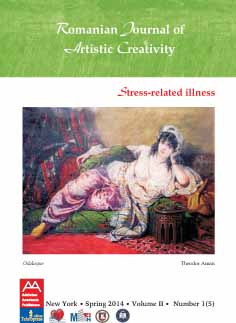On cardiac resynchronisation therapy
On cardiac resynchronisation therapy
Author(s): Anca Elena Găitan, Cătălina Arsenescu Georgescu, Cristian StătescuSubject(s): Psychology
Published by: Addleton Academic Publishers
Keywords: cardiac resynchronization therapy; heart failure; atrial fibrillation; left ventricular stimulation
Summary/Abstract: Cardiac stimulation seen as a complementary therapy for heart failure has been the subject of scientific research ever since the 1990s and the studies carried out in the previous decade established the importance of cardiac resynchronization therapy (CRT) on the morbidity and the mortality of these patients. The selection for cardiac resynchronisation therapy is made according to electrical and electromechanical dyssynchronisation criteria which include the duration of the PR interval and the morphology of the QRS complex, the basic rhythm and echocardiographic parameters that evaluate the VS ejection fraction, size of ventricles, presence of mitral regurgitation, and the evaluation of intra and inter-ventricular asynchrony. The indications for CRT are well described in European guidelines for the treatment of heart failure and European guidelines for cardiac pacing. Yet, the response rate to CRT is confined to 70% of the patients, thus necessitating an optimisation of indications and the creation of new selection criteria. A few aspects are left to be dealt with as far as the selection and follow-up of patients with cardiac resynchronisation therapy are concerned: selection of patients – electric or electromechanic dyssynchrony criteria?; atrial fibrillation – unfavourable response factor to CRT?; moderate cardiac failure or asymptomatic left ventricular dysfunction – how long shall we wait? device selection: CRT-P or CRT-D?; biventricular stimulation or left ventricular stimulation?; CRT in the elderly.
Journal: Romanian Journal of Artistic Creativity
- Issue Year: 2014
- Issue No: 1
- Page Range: 7-13
- Page Count: 7
- Language: English
- Content File-PDF

